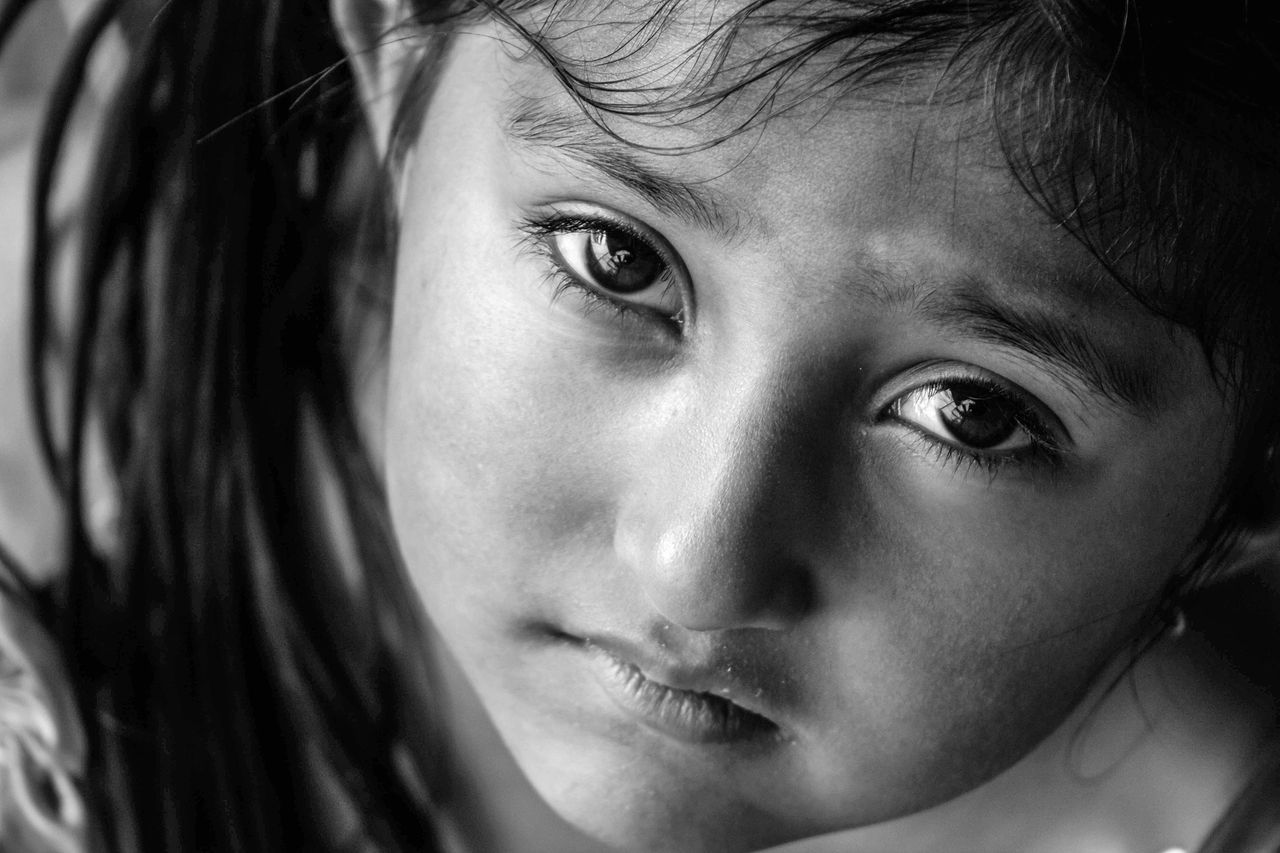(Readers: I debated sharing this very personal story, but my daughter requested that it be told. She is my most dedicated and faithful blog reader, and her courage inspires me).
Only weeks into the quarantine we noticed the early signs. Our bright, school-loving 8-year-old started struggling with online learning.
Most mornings, only minutes after powering up the laptop – which I moved next to mine so I could offer a little support in between my meetings and conference calls – she would begin to shake.
“I don’t know Mommy, I don’t know, I don’t know!” she would scream, her breath labored and face red. Then, the tears.
This followed a predictable pattern for 3 to 5 days of the school week. Unsure of what to do, my husband and I reached out to her teacher, who assured us that it was okay for our daughter to take a break from the computer. Before long, she was barely online at all.
Then, her diet. In those early months of COVID-19, convinced that milk products would make her sick, she refused all dairy and anything dairy-adjacent (margarine for example) – including all chocolate and cookies.
She began obsessively checking expiry dates, refusing to eat anything that was even close to its best-before date. At one point, there were only seven foods she ate.
Even worse than her idiosyncrasies, though, was her constant fear of getting sick. About a month after in-person school resumed in the fall, a classmate complained of a sore throat.
My daughter started to shake and insisted that she too was sick. She went into the hallway where she doubled over, struggling to breathe. Hours later, as she lay curled under a blanket in the safety of our living room, she was completely free of any symptoms of physical illness.
Though early in my master’s program, I recognized the signs of anxiety. Normally excitable and high-strung, my daughter had never shown any official anxiety symptoms prior to the outbreak of COVID-19.
And while anxiety affects adolescent girls an estimated twice as much as teenage boys, it was a little surprising to show up so early and so intensely.
Anxiety is believed to have been an essential element in keeping our ancestors alive, where the parts of the brain triggered responses to external stimuli.
Our amygdala (the area of our brain that assigns meaning to emotions and often referred to as our fear centre), is activated during times of stress and communicates to our prefrontal cortex, the portion of our brain responsible for reasoning and emotion regulation.
During heightened anxiety (and particularly amongst those who suffer from anxiety disorders), it is believed that there is lower connectivity between these two areas (Source). While it is fair to say I am oversimplifying here, ultimately, what’s happening is a disconnect in the brain.
While child anxiety disorders can affect up to 5% of children, the prevalence of anxiety during COVID has increased dramatically in these uncertain times.
I turned to my GP for help, who recommended an appointment for a child psychiatrist (a six-month wait) and a child psychologist, who was not taking new clients, so he recommended four other psychologists to call. None of them were taking new patients, and their waitlists were months long.
One of the four recommended another six clinics, and of those, thankfully, one was taking on new clients. I could spend days dwelling on the obvious need for accessible mental health professionals (instead, I am pursuing training in this field to help). After what felt like trekking Mount Kilimanjaro, I had an appointment with a psychotherapist.
While cognitive-behavioral therapy (CBT) is the go-to treatment for anxiety, in children it is a little more difficult. CBT relies on the client effectively identifying their thoughts, feelings, and behaviors, activities that are well beyond the skill set of even the most precocious third-grader.
Instead, our therapist recommended Dialectic Behaviour Therapy (DBT), a derivation of CBT that incorporates mindfulness and emotion regulation into the equation.
After two sessions with the therapist (who worked with me rather than my daughter), I noticed a marked difference. During one of her dramatic panic attacks, I followed the therapist’s instructions and was shocked that 15 minutes later, my daughter emerged from her attack calmer and ready to work.
In the months since, my daughter has begun seeing her school social worker regularly and opened to the idea of relaxation exercises and breathing techniques. She still resists when I mention CBT, but her worries are gradually lessening.
On Easter Sunday, I watched with tears as she unwrapped a chocolate egg and popped it into her mouth. Her expiry date vigilance has decreased, and she recently had a bowl of Kraft Dinner (processed foods are not something I would usually encourage, but here we are).
While her story is still in progress, what is important here is that psychotherapy helped my daughter and my family. We would not be where we are today without much-needed help from the experts.


